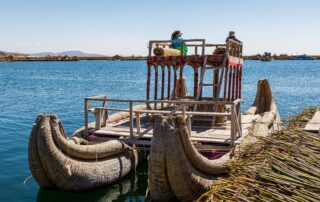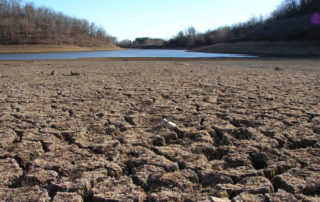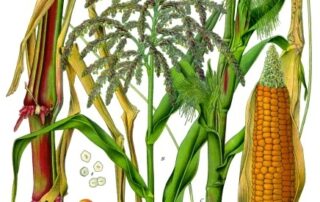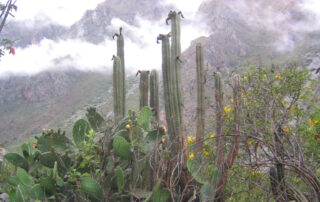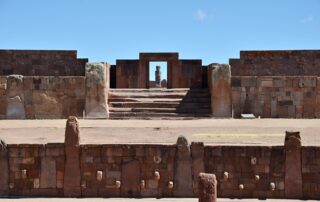Ancient Boats and Enormous Blocks
How did the ancient Andeans and Egyptians move the massive stone blocks used to build their monumental architecture? With an abundance of human muscle power but only simple hand tools, they needed to be creative. Floating blocks on boats across lakes and along river channels was a possible transport method—but did they have the water and the engineering technology for this?
